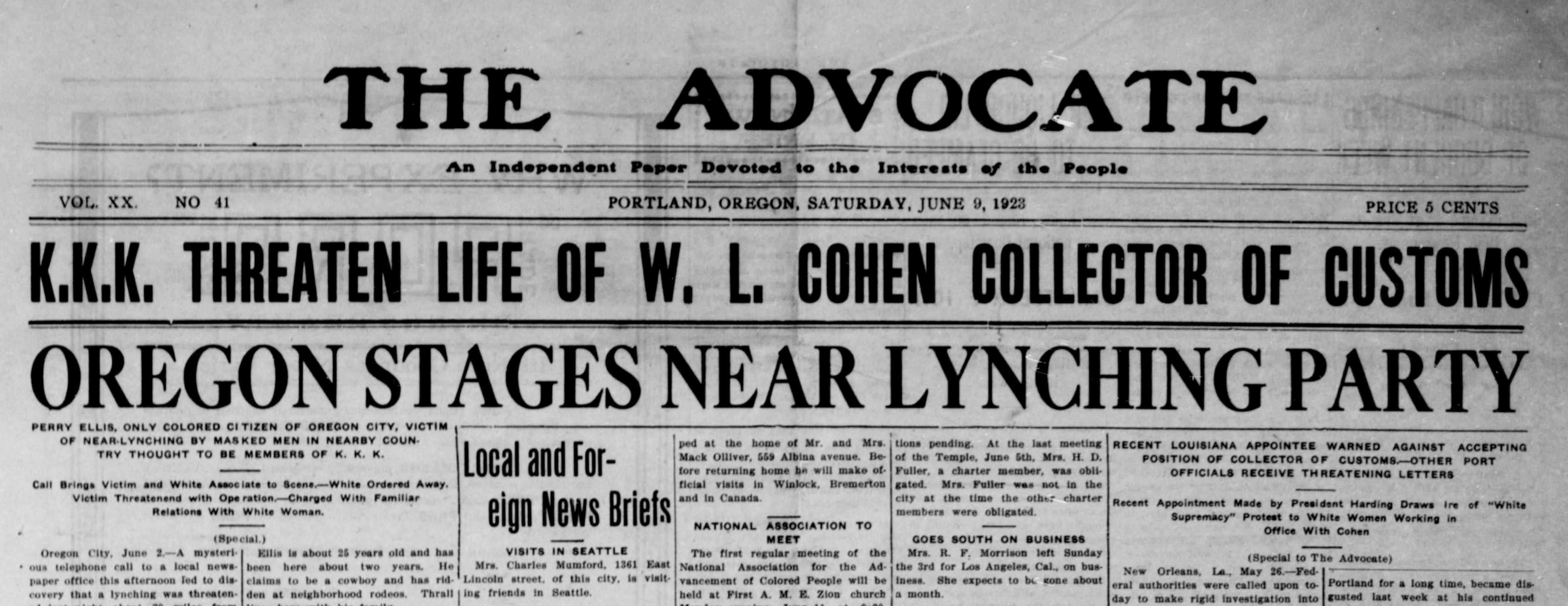Little Known Questions About News Articles.
Little Known Questions About News Articles.
Blog Article
Not known Facts About News Articles
Table of ContentsThe Facts About News Articles RevealedTop Guidelines Of News ArticlesGetting The News Articles To WorkThe Single Strategy To Use For News ArticlesAll about News Articles
Good knowledge of various subjects offers pupils an affordable edge over their peers. Although electronic and social media are conveniently obtainable, we must not neglect just how essential it is to review the papers. Moms and dads need to try and inculcate the behavior of checking out a paper as a daily regimen to continue the tradition of the revered print tool.Newspaper article likewise have at the very least among the complying with crucial attributes about the intended audience: distance, prominence, timeliness, human rate of interest, strangeness, or consequence. The associated term journalese is sometimes utilized, normally pejoratively, to refer to news-style writing. Another is headlinese. Newspapers usually stick to an expository writing style.
Within these limitations, information stories also intend to be detailed. Amongst the bigger and more recognized papers, fairness and equilibrium is a significant aspect in offering details.
Papers with a worldwide audience, as an example, have a tendency to use a much more formal style of writing. The details options made by a news outlet's editor or content board are often gathered in a style overview; common style overviews include the and the United States Information Style Publication. The primary objectives of news writing can be summed up by the ABCs of journalism: accuracy, brevity, and clearness.
An Unbiased View of News Articles
As a guideline, reporters will not use a long word when a brief one will do. Information authors attempt to stay clear of making use of the same word much more than once in a paragraph (often called an "echo" or "word mirror").
However, headlines sometimes omit the subject (e.g., "Leaps From Watercraft, Catches in Wheel") or verb (e.g., "Feline lady lucky"). A subhead (also subhed, sub-headline, subheading, caption, deck or dek) can be either a subservient title under the main heading, or the heading of a subsection of the write-up. It is a heading that comes before the major message, or a group of paragraphs of the major message.

of a short article subject, source, or interviewee), it is referred to as a drawn quotation or pull quote. Extra signboards of any one of these types might appear later in the short article (particularly on succeeding pages) to attract further analysis. Journalistic websites in some cases use animation methods to switch one billboard for one more (e.g.
News Articles for Beginners
Such signboards are likewise utilized as guidelines to the post in other sections of the magazine or site, or as advertisements for the piece in other magazine or sites. News release of the Swiss government. Typical framework with title, lead paragraph (recap in vibrant), other paragraphs (information) and get in touch with details.

Example of a hard-lead paragraph NASA is proposing another area project. The budget plan requests about $10 billion for the job.
The NASA news came as the firm requested $10 billion of appropriations for the task. An "off-lead" is the 2nd essential front page information of the day. The off-lead shows up either in the top left edge, or directly below the lead on the right. To "hide the lead" is to begin the article Continue with background details or details of second relevance to the visitors, forcing them to review even more deeply into a write-up than they must have to in order to uncover the crucial points.
Some Known Facts About News Articles.
Common usage is that one or more sentences each form their own paragraph. Journalists usually explain the organization or framework of an information story as an inverted pyramid. The crucial and most interesting aspects of a story are put at the start, with sustaining details following in order of lessening significance.
It enables people to discover a subject to just the deepness that their interest takes them, and without the charge of information or nuances that they can consider unimportant, but still making that information offered to a lot more interested visitors. The inverted pyramid framework likewise enables short articles to be cut to any type of arbitrary length during design, to fit in the space available.
Some writers start their tales with the "1-2-3 lead", yet there are lots of type of lead offered. This format invariably begins with a "Five Ws" opening paragraph (as defined above), complied with by an indirect quote that offers to support a significant element of the first paragraph, and after that a direct quote to support the indirect quote. [] A kicker can refer to multiple points: The last story current program; a "delighted" story to finish the show.
Longer write-ups, such as publication cover short articles and the items that lead the within sections of a paper, are understood as. Feature tales differ from straight information in a number of methods. Foremost is the absence of a straight-news lead, the majority of the time. Rather than providing the significance of a story up front, attribute writers might attempt to lure visitors in.
Little Known Questions About News Articles.
The journalist usually details interactions with meeting topics, making the piece extra personal. A function's very first paragraphs usually connect an interesting minute or occasion, as in an "anecdotal lead". From the details of an individual or episode, its sight quickly expands my blog to generalities concerning the tale's topic. The area that signifies what a feature has to do with is called the or billboard.

The Editor's Toolbox: A Referral Overview for Beginners and Professionals (2001) Allan M. Siegal and William G. Connolly. The New York Times Manual of Style and Use: The Official Design Guide Used by the web Writers and Editors of the World's Most Authoritative Paper (2002) M. L. Stein, Susan Paterno, and R.
Report this page